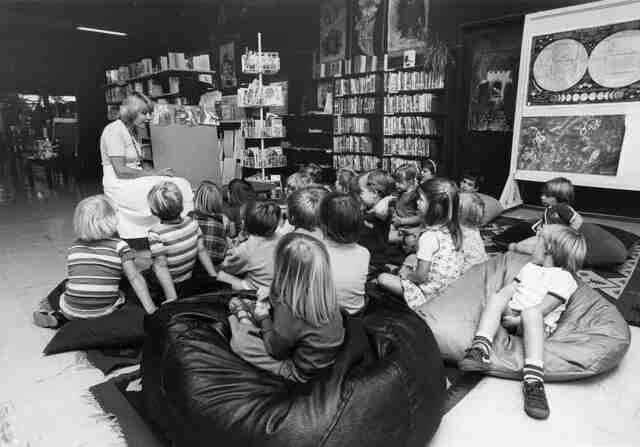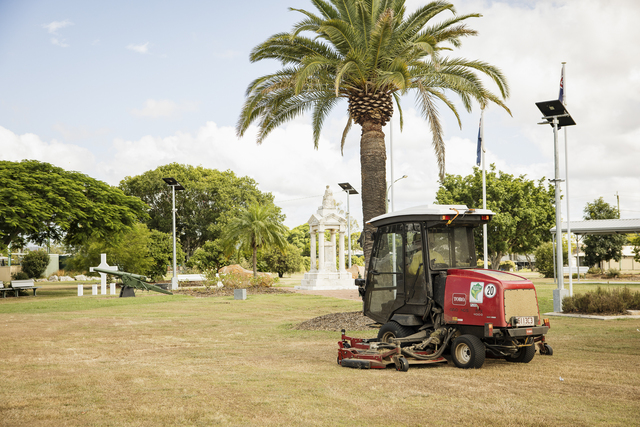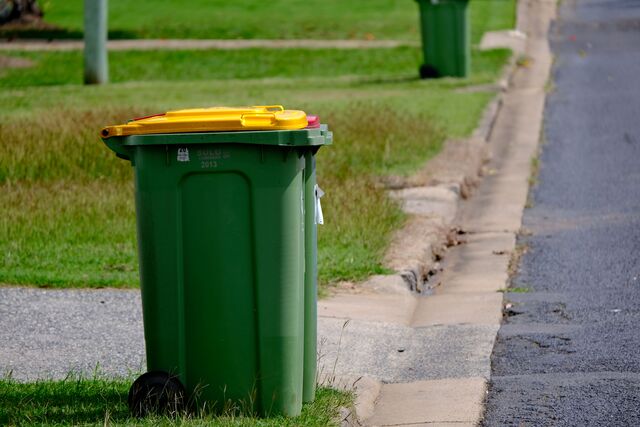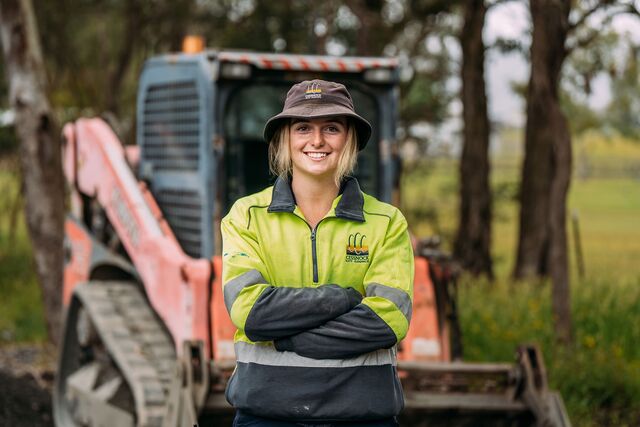Improving access to general practioners in small communities
Local Governments can apply for grants of up to $200,000 to establish ‘walk-in walk-out’ community medical centres. Under its Rural Medical Infrastructure Fund, the Australian Government is providing $15 million over three years to help establish these centres and make it easier for small rural communities to recruit or retain the services of general practitioners.
The Rural Medical Infrastructure Fund has been in operation since July 2005. It was introduced following detailed consultations with many stakeholders including the Australian Local Government Association and medical and community groups. The fund is delivered by the Department of Transport and Regional Services through the Regional Partnerships program. The Australian Government Department of Health and Ageing assists with assessing funding proposals.
In some rural areas, the cost of purchasing and managing suitable premises and facilities deters general practitioners from establishing private practices. An increasingly mobile general practitioner workforce also means some doctors are reluctant to make such a significant and long term investment.
The ‘walk-in walk-out’ approach to general practice adopted under the Rural Medical Infrastructure Fund means that a medical centre is owned and operated by the Local Government rather than the general practitioner. Doctors can practise from the medical centre for a reasonable charge. It makes the option of practising in rural areas in the short to medium term more attractive by removing the financial risk, lead time and administrative burden of setting up a stand alone medical practice.
The walk-in walk-out approach prioritises continuity of the medical centre over the long term tenure of an individual doctor – it means that the medical practice continues to operate, regardless of doctor turnover.
Importantly for the inhabitants of small communities, they continue to receive care from a general practitioner with access to their medical records and history.
The Rural Medical Infrastructure Fund can contribute to the costs incurred by Local Governments in purchasing and fitting out facilities that may be used to recruit or retain a general practitioner. Typical infrastructure funded includes buildings, fixtures, medical equipment and mobile clinics.
Local Governments simply use the same application as for other Regional Partnerships projects. The applicant should also address specific considerations to demonstrate the medical facilities are sustainable and financially viable. These are that key medical groups are engaged, a high need for medical services can be shown, and a viable practice management model, and recruitment and retention strategies are in place.
Area Consultative Committees, which have a considerable amount of local knowledge and experience in the broad application process, can assist Local Governments to develop applications.
Local Divisions of General Practice and rural workforce agencies are also well placed to provide support and can potentially help in planning, brokering and developing partnerships. These organisations may be able to provide advice on the range of practice management options available and give a realistic and practical view of what is likely to be successful and sustainable in a local area.
Divisions of General Practice have strong local knowledge of medical services in their area and could assist in integrating a new facility with other medical services and linking in with other health funding programs.
Shire of Boyup Brook the first Local Government to secure funding
Boyup Brook Shire, located in the south west of Western Australia, is the first Local Government to secure funding from the Rural Medical Infrastructure Fund. In December 2005, the Shire was awarded $115,500 towards the cost of renovating and equipping an existing community owned clinic in the Boyup Brook township.
The medical centre currently houses general practice and physiotherapy services, and the grant will enable the Sshire to add more room in the centre for treatment and administration, including a second consulting room. The facility will also be able to accommodate an increase in the number of general practitioners and provide for other health professionals to operate on a walk-in walk-out basis.
The Shire expects that the expanded medical services will better meet the needs of local people, and contribute to people staying in the community rather than moving away to larger towns because of health concerns.
Around 44 per cent of the Shire’s population of 1,600 is aged over 45 years, and this group values the availability of local medical services.
The expanded centre is expected to be completed by September 2006.
The first contact for further information on the fund is the local Area Consultative Committee. Please see www.acc.gov.au
The guide for applicants and a fact sheet is available from the Department of Transport and Regional Services web site at: www.regionalpartnerships.gov.au/#RMIF or by calling 1800 026 222.
The fund at a glance
- Available to local Councils only.
- $5.0 million per year over three years is available under the fund. The fund ends in June 2008.
- Funding of up to $200,000 is available per project.
- Communities of less than 10,000 people are eligible.
- Funding is targeted to communities in inner and outer regional, remote and very remote areas, based on the remoteness classification of the Australian Bureau of Statistics geographical classification system.
- Funding is not available for operational expenses, practice management or ongoing building or equipment maintenance and repair.
- Residential housing for doctors is not funded; however, projects that incorporate self contained accommodation within a practice for short term accommodation for medical students, locums and visiting registrars will be considered.
- Projects are not funded retrospectively.
- The fund is targeted to an identified need in small regional communities. Projects that do not meet the criteria of the fund may be eligible under the Australian Government’s broader Regional Partnerships program.







